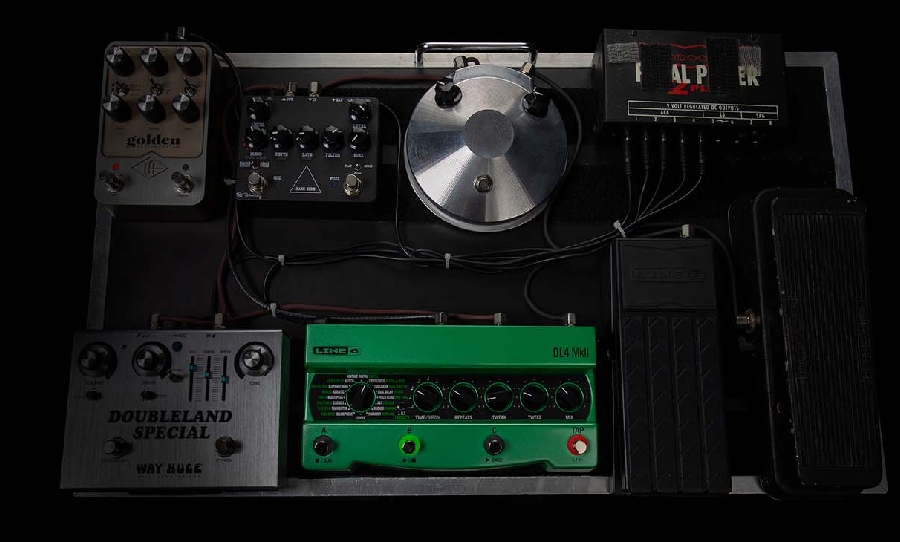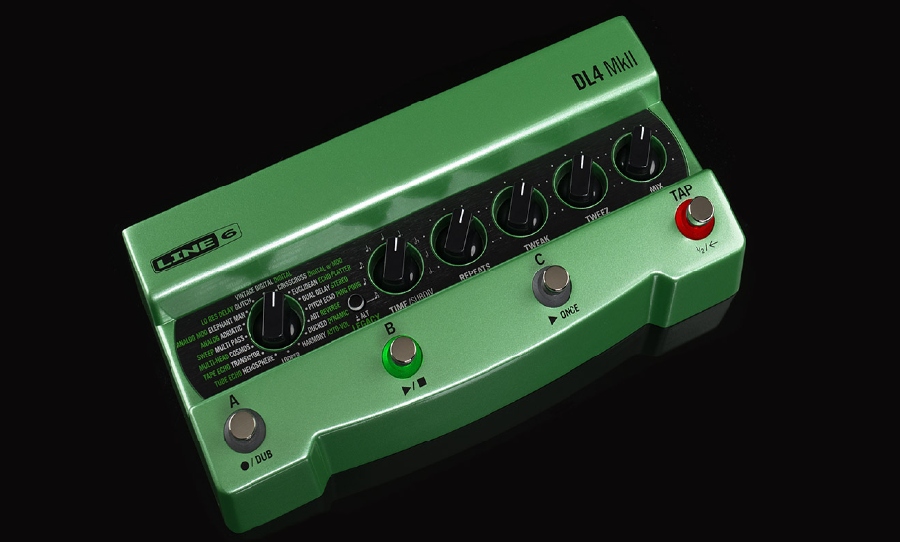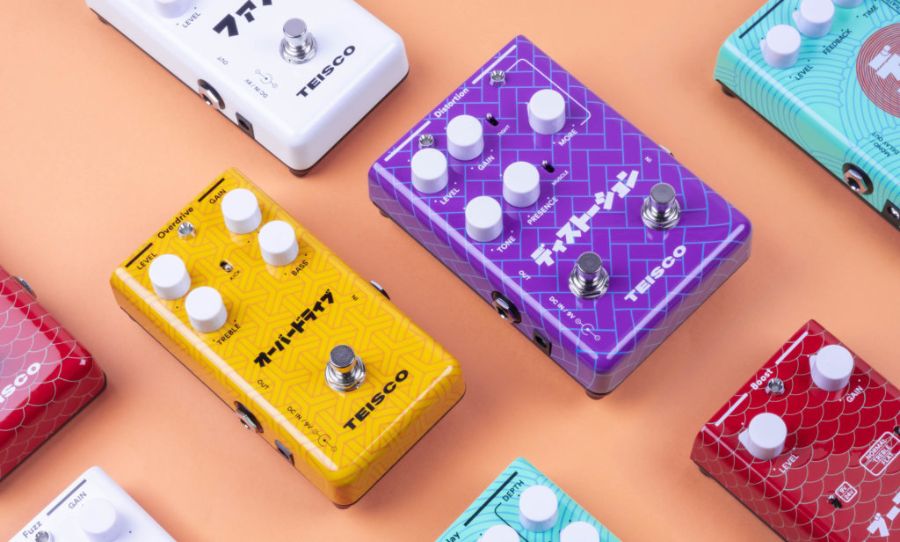The original Line 6 DL4 was a staple on many pedalboards. Line 6 have finally released the MkII, a new classic with cutting-edge tech.
The big green Line 6 pedal emerged in the early 2000s and was an instant hit for many guitarists and keyboard players. The Line 6 DL4 modelled tape and tube echos such as the Echoplex EP3, Roland Space Echo RE-201, classic pedals such as the Memory Man, Boss DM-2 delay and various stereo, ping pong, reverse and sweeper delays, as well as a looper section.
Now in 2022, we welcome the Line 6 DL4 MkII. It has all the original features — all the aforementioned classic delay types, stereo in and out, expression and other pedal inputs, Time, Repeats, Tweak, Tweez, and Mix knobs, as well as footswitches (overdub, play, play once and tap tempo). So what’s new? Read on as we explore the new DL4 MkII.

Connectivity is paramount on the new DL4. Along with stereo I/O and the expression pedal, there is a microphone input with its own level input gain. Additionally, there is MIDI in and out, a USB C connection, and a micro SD Card. USB acts as a MIDI connection as well as a firmware connection.
The secret reverbs — accessed via some combination of button pressing — is a huge addition to the pedal. It has 15 different reverb types — from room, tanks, plates, halls, chambers, reverse and springs — that are completely tweakable using the Repeats, Tweez, Mix and Tweak knobs.
There are now 30 delays in total — 14 of the original delays, 15 new delays and Echo Platter from Line 6’s rackmounted hardware unit, Echo Pro. The various ‘legacy’ delays and new delays can be accessed via the ALT button. The new delays are taken from Line 6’s HX family of effects.
New multi-coloured LED rings around the footswitches define the functions whether you are in a well-lit recording studio or a dark stage. The A or Dub switch shows the loop cycle with a small light cut at the end of the cycle, while the TAP switch will flash bright red with the tempo or flash blue connected to MIDI. The pedal can follow the host — being a computer or other device, a huge step towards being a fully integrated live performance and studio effect.
Watch this overview direct from Line 6 below or see more details from the Line 6 website.


